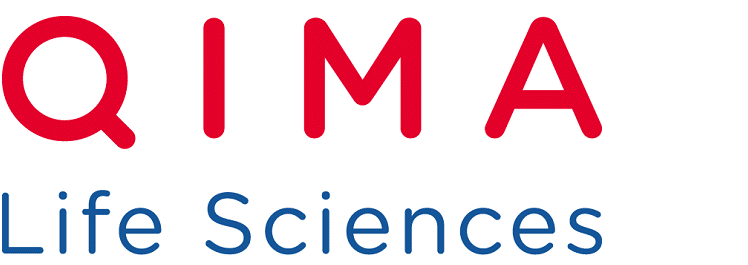Moclobemide attenuates anoxia and glutamate induced neuronal damage in vitro independently of interaction with glutamate receptors subtypes
Brain Research, 1138:30-38
VERLEYE M., STEINSCHNEIDER R., BERNARD FX. and GILLARDIN JM. (2007)
Biocodex, Département de Pharmacologie, Zac de Mercières-Chemin d’Armancourt, 60200 Compiègne, France.
Bioalternatives, Gençay, France.
Abstract
Recent data suggested the existence of a bidirectional relation between depression and neurodegenerative diseases resulting from cerebral ischemia injury. Glutamate, a major excitatory neurotransmitter, has long been recognised to play a key role in the pathophysiology of anoxia or ischemia, due to its excessive accumulation in the extracellular space and the subsequent activation of its receptors. A characteristic response to glutamate is the increase in cytosolic Na(+) and Ca(2+) levels which is due mainly to influx from the extracellular space, with a consequent cell swelling and oxidative metabolism dysfunction.
The present study examined the in vitro effects of the antidepressant and type-A monoamine oxidase inhibitor, moclobemide, in neuronal-astroglial cultures from rat cerebral cortex exposed to anoxia (for 5 and 7 h) or to glutamate (2 mM for 6 h), two in vitro models of brain ischemia. In addition, the affinity of moclobemide for the different glutamate receptor subtypes and an interaction with the cell influx of Na(+) and of Ca(2+) enhanced by veratridine and K(+) excess, respectively, were evaluated. Moclobemide (10-100 microM) included in the culture medium during anoxia or with glutamate significantly increased in a concentration-dependent manner the amount of surviving neurons compared to controls. Moclobemide displayed no binding affinity for the different glutamate receptor subtypes (IC(50)>100 microM) and did not block up to 300 microM the entry of Na(+) and of Ca(2+) activated by veratridine and K(+), respectively.
These results suggest that the neuroprotective properties of moclobemide imply neither the glutamate neurotransmission nor the Na(+) and Ca(2+) channels.
© 2007 Elsevier B.V.
KEYWORDS: Moclobemide; Anoxia; L-Glutamate; Neuronal–astroglial culture; Neuroprotection; Rat
Check out Bioalternatives’ updates and experience new testing ideas
- Bioassays, models and services
- Posts and publications
- Events



